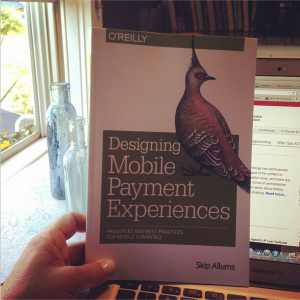As the release of a new iPhone nears (Sept. 9), there are more than a few rumors swirling about whether or not it will have built-in payments capability. This is no different from any other year of course — there have been hints that Apple was at least considering how its mobile products could be used in retail transactions, dating back to their initial patents for an “iWallet” back in 2010.

The initial aspect that many seem to focus on is the tools. Which technology will power an Apple-controlled payment system? Will it be iBeacons? NFC? The Cloud? Light? Sound? These are all perfectly viable methods… but I think the larger question here is the network effect, and what will happen to the way consumers shop and manage their money, when and if Apple steps into the mobile wallet wars.
Let’s start with the numbers:
- 18% of consumers around the world have an iPhone
- The first weekend the iPhone 5S with Touch ID went on sale, it sold 5 million devices, with several thousand more sold every day (Apple has sold half a billion iPhones as of July 2013)
- Apple currently has about 800 million iTunes accounts backed by credit or debit cards, which is twice more than Amazon
Android may have more market share globally, but it doesn’t have near the amount of cards-on-file as Apple. No one does… and that allows Apple to sidestep one of the biggest hurdles when onboarding a consumer into a mobile wallet experience: getting the user to link a funding source to the wallet. Apple users are halfway there already, if they opt-in to using an Apple Wallet.
This means there would be few (if any) lengthy credit card forms to fill out for most users, assuming that their “primary” card is already added to iTunes. No one likes to enter their 16 digit card number and billing address on a tiny form. Its takes too long and it opens up vulnerabilities, real or imagined (though card.io and others are masterful at making this a speedier process). Apple will still have to fight to win their user’s trust, to ensure that their financial privacy is secure. Consumers are more wary than ever of faceless hackers gaining access to their accounts and transaction patterns. Again, Apple has another asset to address this very personal need for information privacy with Touch ID, which could be used as a “lock” for the Apple wallet, and a means by which the user could authorize purchases.
![]() App icon by vikas1307 @ dribbble
App icon by vikas1307 @ dribbble
If Apple announces a payments app, especially if it is backed by the established card networks, then mobile payments will no longer be relegated to food trucks and person-to-person transfers. In markets like the US where mobile payments have been slow to take, we could see the usage of mobile payment apps (of all types) double within a year, I would expect.

